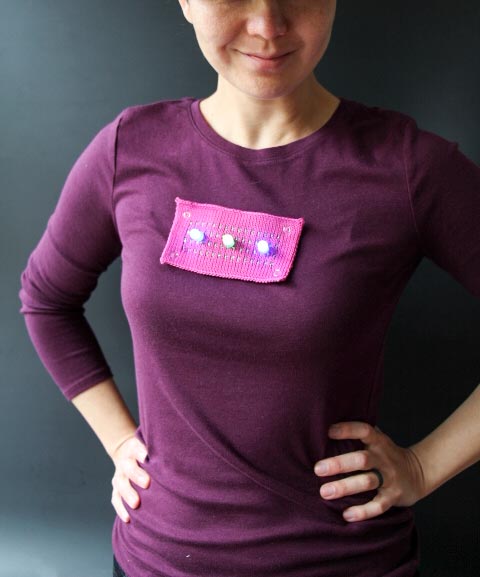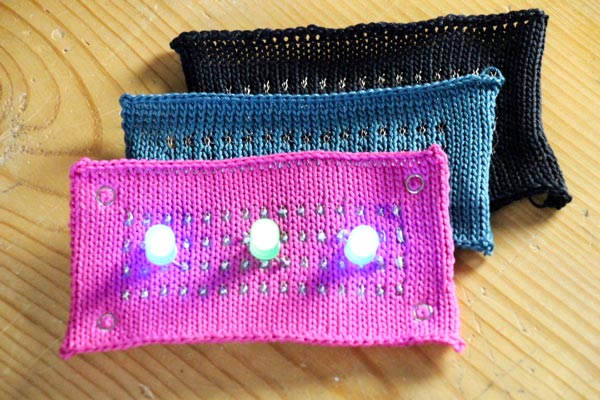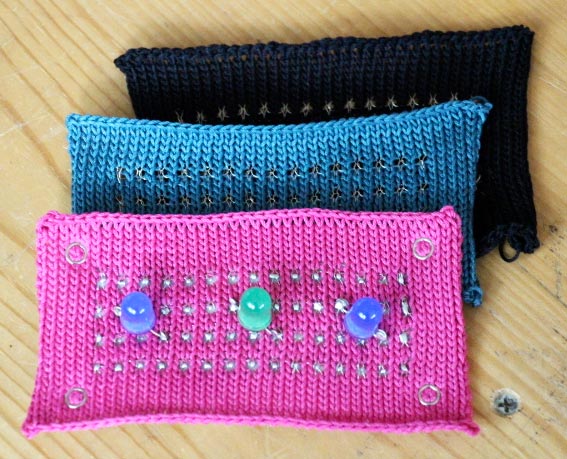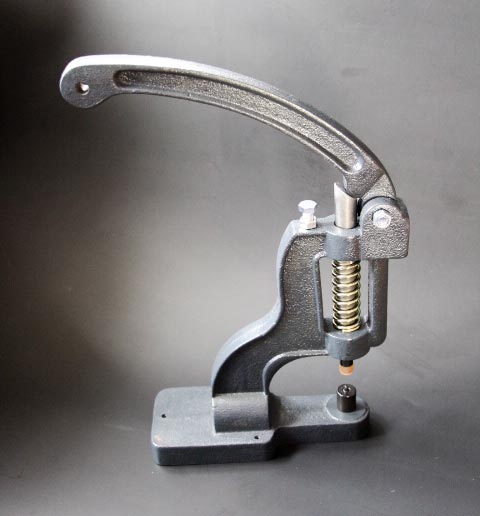This year I've been busy managing the explosive growth of Columbia's Electronics-For-Audio curriculum. What started as a single elective course is now a 3-course sequence!
The Audio Department's little electronics workshop previously served about two dozen students a semester. This spring, we had almost a hundred! We hired several new adjunct faculty, and an incredible team of teaching assistants who helped me keep 8 sections running smoothly. It's clear that we're outgrowing our current digs, so I'm also working out plans for some serious upgrades for the coming year. Change is afoot!

Here's the new lineup:
AUDI 104: Audio Electronics (pictured) The first, intro-level course, Audio Electronics, is now a part of the required "core" course sequence for majors. Students build stuff from scratch, like this loudspeaker from a plastic cup. They also build circuits using Snap Circuit kits, which are great for small group activities. (This is what's happening in the photographs.)
AUDI 313: Building Circuits for Modular Synthesis with Logic Gates After completing Audio Electronics, students can follow up with this elective on building circuits for analog synthesis. We build a number of projects from Nic Collins' book, Handmade Electronic Music. (I'm still kinda working on the course name for this one. I think I overdid it when the college said "More descriptive course names, please". )
AUDI 413: Building Circuits with Pick-Ups and Pedals This advanced class focuses on op-amps and pickups. It also fulfills a senior course requirement. Since students take the introductory class as a pre-requisite, they'll be able to get a lot further, a lot faster, in these two follow-up classes.
The videos feature my Spring 2018 advanced students, in an improvised performance at Columbia's Manifest Urban Arts Festival this past May. I'm so proud! They built most of the hardware themselves: springboard instruments (inspired by Eric Leonardson), contact mics, spring reverb units, fuzz pedals and pitch trackers. Plus, checkout Rachael's "squarinet"-- that's a square clarinet-- that she built for her Physics of Musical Instruments course with Professor Dave Dolak.
Student Performers: Rachael Cowell, Vito Di Beasi, Hunter Funk, Aaron Gelblat-Bronson, Mac Kelley, Derek Muhl, Nick Novak, Isaiah Quino, Sky Roessler, Daniel Vega


















